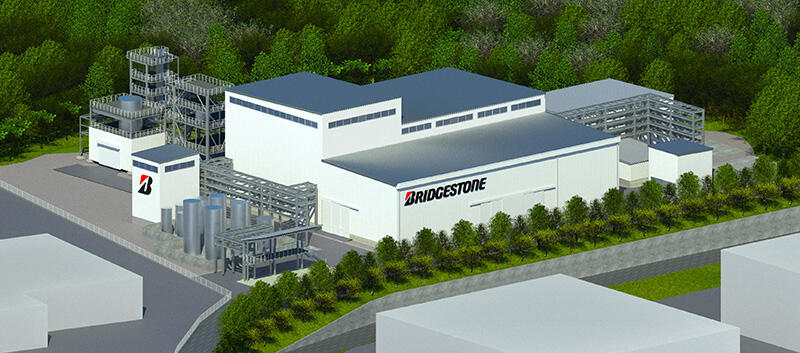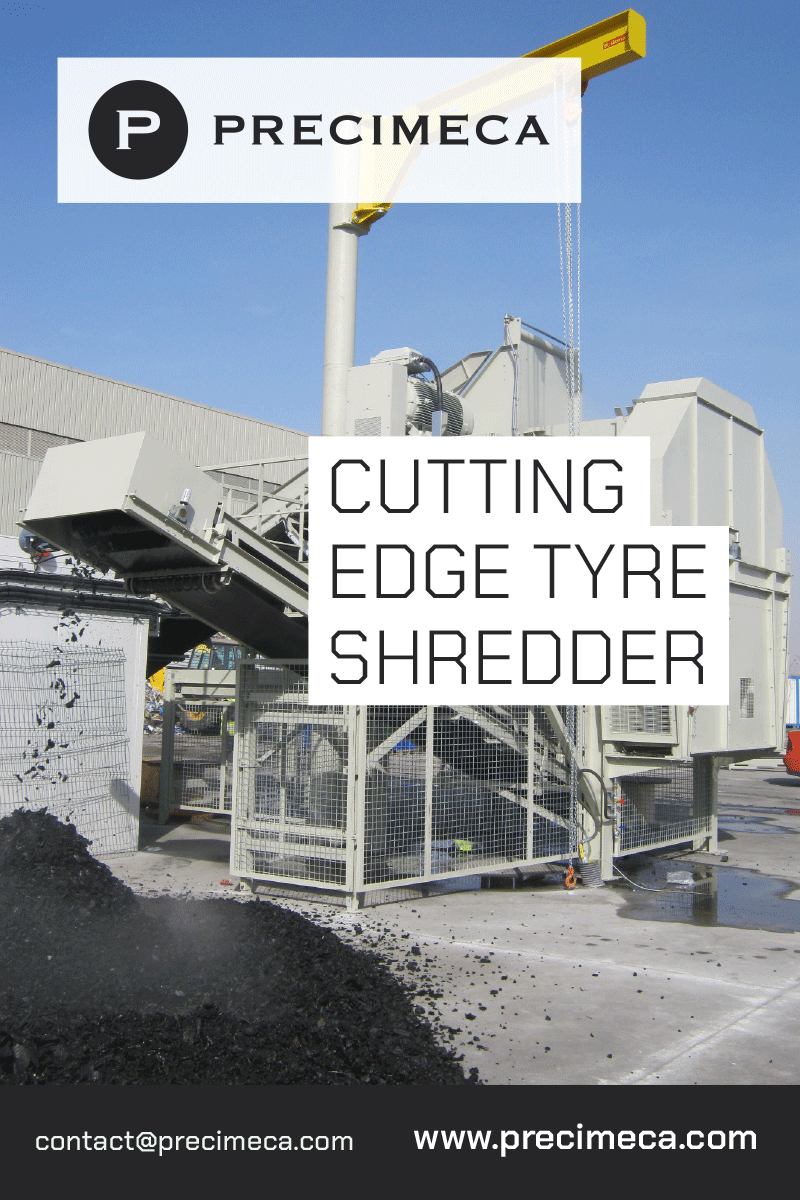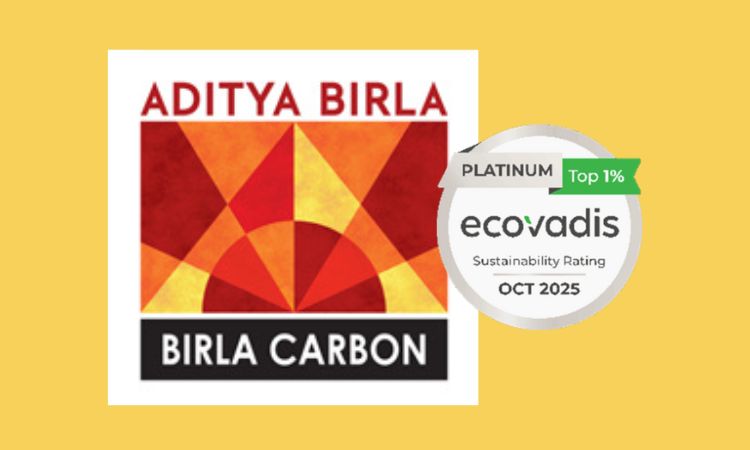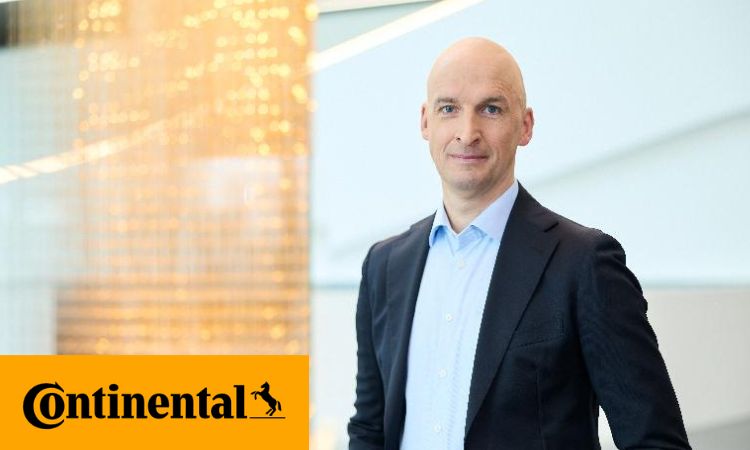Bridgestone breaks ground on tire pyrolysis demonstration plant in Japan
Tokyo, 21 October 2025 — Bridgestone held a groundbreaking ceremony on October 21 for its new pilot demonstration plant for precise pyrolysis of end-of-life tires at its plant in Seki City, Gifu Prefecture, Japan. The ceremony brought together 32 participants, such as Seki City Mayor Kiyoshi Yamashita and representatives from the Ministry of Economy, Trade and Industry, as well as other stakeholders, who gathered to pray for the safety of the construction of the new plant.
Bridgestone, through its EVERTIRE INITIATIVE, is actively promoting the recycling business in collaboration with various partners, recognizing end-of-life tires as valuable “resources” and “renew” them into rubber and other raw materials. The company is targeting the early implementation of tire-to-tire horizontal recycling, and this new pilot plant will play an integral role in this initiative. At the pilot demonstration plant for precise pyrolysis of end-of-life tires, Bridgestone will conduct technology demonstrations to establish chemical recycling technologies that recover tire-derived oil and recovered carbon black from end-of-life tires through precise pyrolysis, enabling their reuse as raw materials for tires. The plant is scheduled for completion in 2027.

A rendering of the pilot demonstration plant for precise pyrolysis of end-of-life tires. | Image by Bridgestone.
The outline of the pilot demonstration plant:
- Location: Bridgestone Seki Plant, Seki Industrial Park, 20 Shinhasama, Seki City, Gifu, Prefecture, Japan
- Site Area: 15,122 square meters
- Start of operation: September 2027 (TBD)
- Processing capacity: End-of-life tire - Approx. 7,500 tonnes/year
Comment from Kiyoshi Yamashita, Mayor of Seki City: “I would like to extend my heartfelt congratulations to Bridgestone on the groundbreaking ceremony for the pilot demonstration plant for precise pyrolysis of end-of-life tires. I am deeply grateful that our city has been selected as the location for this pilot plant. The tire horizontal recycling initiatives to be undertaken at this plant align perfectly with the vision for Seki City’s future environment as stated in our second basic environmental plan. I sincerely hope that this project will make a significant contribution to the sustainable development of our region and the realization of a circular society. I also wish Bridgestone continued success and pray for the safety and success of the construction.”
Comment from Nobuyuki Tamura, Executive Vice President and Representative Executive Officer, BRIDGESTONE EAST CEO: “We are truly honored to hold the groundbreaking ceremony for the pilot demonstration plant for precise pyrolysis of end-of-life tires here in Seki City. I would like to express my sincere gratitude for the support and cooperation of all parties involved. This plant represents Bridgestone’s first challenge to realize horizontal tire recycling by returning end-of-life tires, recognized as valuable resources, back into raw materials. It will play a vital role in achieving a sustainable society. With the commencement of construction, the Seki plant will become an even more important base for Bridgestone’s sustainability initiatives. Placing the highest priority on safety, we will work closely with our partners to advance the construction of this plant.”
Global demand for automobiles and mobility continues to rise, and the need for tires is expected to grow accordingly. Meeting this demand with limited resources makes recycling increasingly vital. Currently, most end-of-life tires are utilized as fuel through thermal recovery.
Since 2022, Bridgestone has been taking on the challenge of chemical recycling, which requires advanced technologies to realize a circular economy. In 2023, the company introduced a test unit at the Bridgestone Innovation Park (BIP) in Kodaira City, Tokyo, and began precise pyrolysis testing. Bridgestone has been developing technologies to obtain tire-derived oil and recovered carbon black from end-of-life tires. Building on these foundational technologies, the company now aims to establish scale-up technologies for mass production of tire-derived oil and recovered carbon black at its pilot demonstration plant for precise pyrolysis of end-of-life tires. Bridgestone is also working to gain expertise in stable and continuous operational processes and quality management, building operational know-how for plant management, and fostering talent to support the realization of chemical recycling
This pilot demonstration plant is part of a joint project with ENEOS Corporation (“ENEOS”), and is one of the Research & Development (R&D) projects selected by the New Energy and Industrial Technology Development Organization (NEDO) in the “Developing chemical product manufacturing technologies utilizing used tires” under the “Green Innovation Fund Project / Development of Technology for Producing Raw Materials for Plastics Using CO2 and Other Sources” in February 2022. ENEOS will convert tire-derived oil recovered from used tires into tire-derived recycled oil, which will then be used to manufacture chemical products such as butadiene, a key raw material for synthetic rubber. Together with recovered carbon black, these materials will be circulated back into tire production. Additionally, recovered carbon black produced through precise pyrolysis will be utilized for developing technology that can produce eco Carbon Black (eCB™) with rubber reinforcement properties equivalent to those of virgin carbon black that is derived from petroleum and coal. These research efforts are part of the separate R&D project “Technology Development for Carbon Recycling from Polymer Products Including End-of-Life Tires” that is being conducted by Tokai Carbon Co., Ltd. and was selected by NEDO in December 2024.
Currently, at the Bridgestone Seki Plant, the company operates under the international ISO 14001 standard for environmental management systems, thoroughly implementing 3R activities (Reduce, Reuse, Recycle) to promote resource circulation, as well as initiatives to reduce water usage and CO2 emissions. In addition, based on the “Living Forest Creation Agreement” signed in 2013 with Gifu Prefecture, Seki City, the Tominohozaisanku, and the Chuno forest owner’s cooperative, Bridgestone is working together with the local community to promote forest management activities in “ECOPIA's Forest Seki.” As a member of the local community, Bridgestone is committed to operating an environmentally conscious plant that helps preserve the abundant water and natural environment of Seki City for future generations, and will continue to pursue both business growth and environmental conservation in harmony.
With the mission of “Serving Society with Superior Quality,” Bridgestone aims to maximize value for all stakeholders through its corporate commitment, the “Bridgestone E8 Commitment.” By cocreating chemical recycling technologies with partners and engaging with local communities, Bridgestone strives to achieve "Ecology: Committed to advancing sustainable tire technologies and solutions that preserve the environment for future generations" and "Energy: Committed to the realization of a carbon neutral mobility society".
Setting forth the vision of “Toward 2050, Bridgestone continues to provide social value and customer value as a sustainable solutions company," Bridgestone links its business to the realization of carbon neutrality, a circular economy, and nature positivity across the entire value chain. From the "produce and sell" phase and the "use" of its products through to their "renewal" to raw materials, Bridgestone aims to build a foundation for creating sustainability value.
Learn more about the topic in Bridgestone's official press release.
Weibold is an international consulting company specializing exclusively in end-of-life tire recycling and pyrolysis. Since 1999, we have helped companies grow and build profitable businesses.









